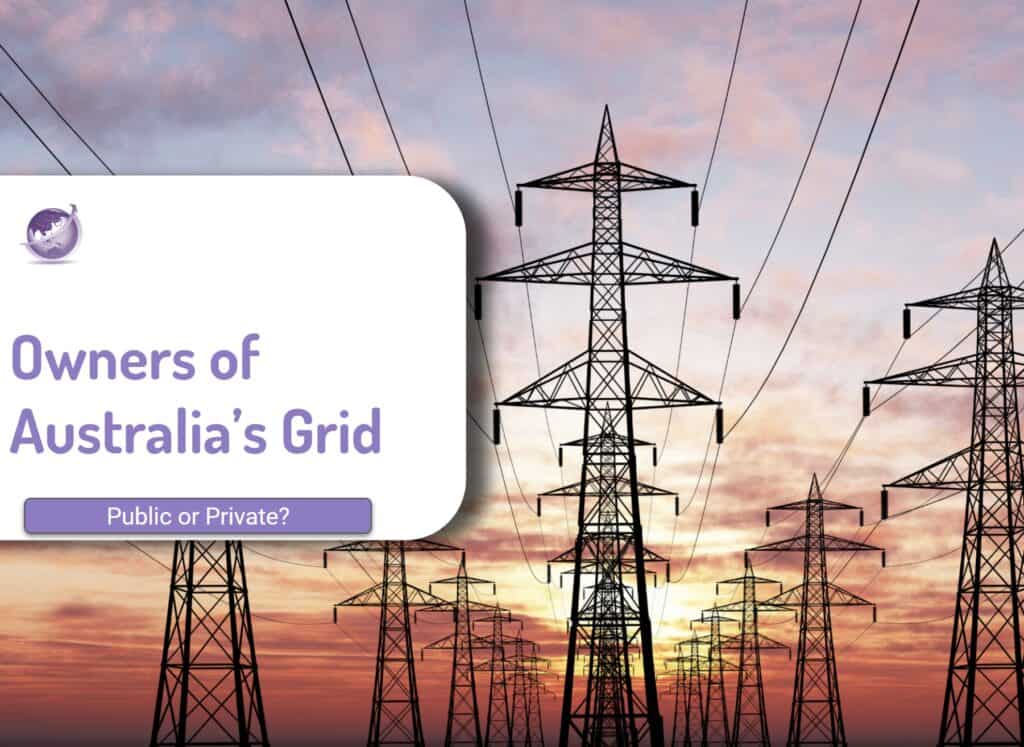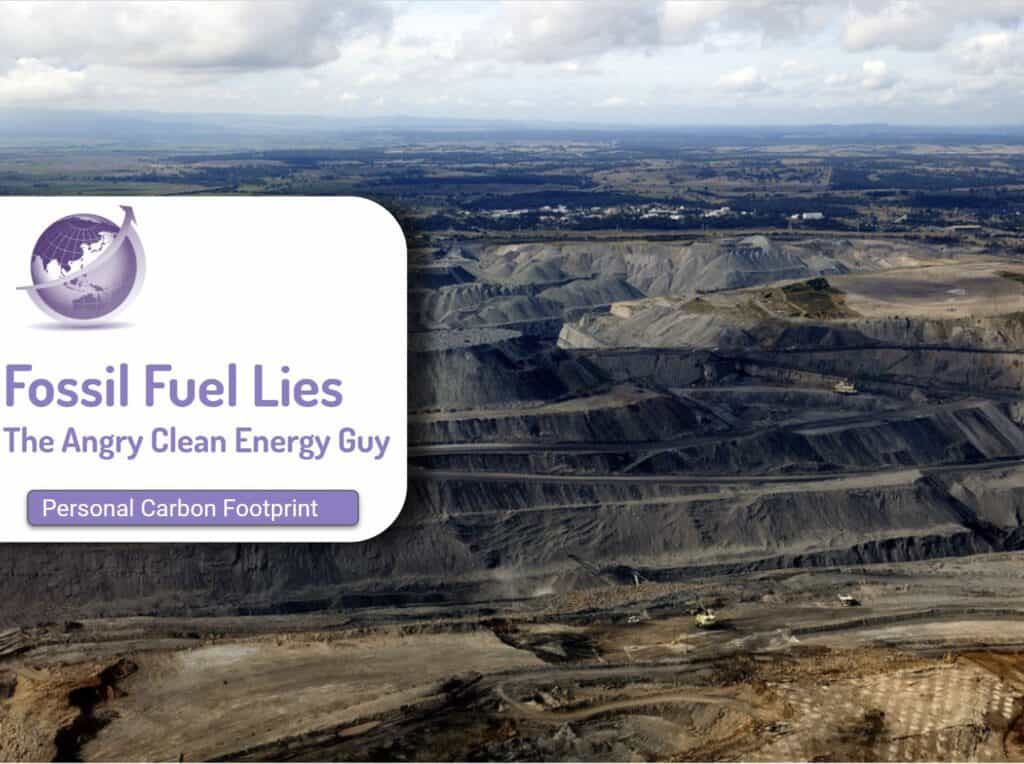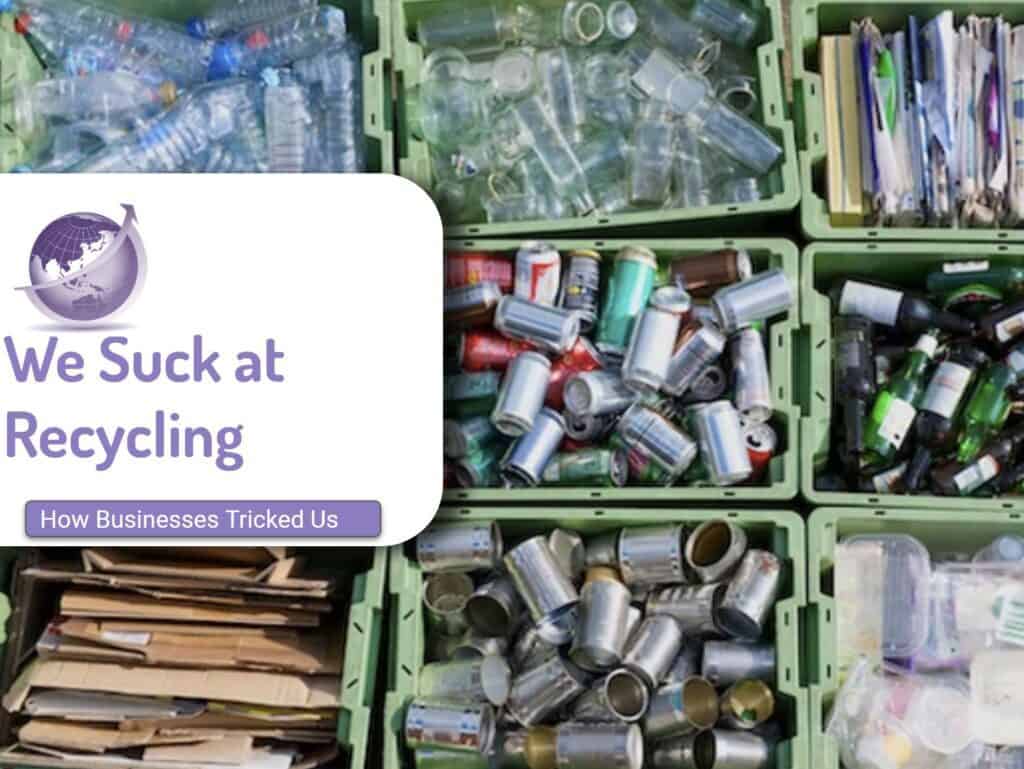In the 2022 Australian elections, the Labor party policy on energy said a Labor Government will rewire the nation to drive down power prices, give the economy a boost of up to $40 billion and create thousands of new jobs – particularly in regional areas, but the question is who owns Australias Electricity Grid? Renewable Energy is already being adopted. The policy says Australia should be a renewable energy superpower, but our electricity transmission system is desperately outdated. basically says it follows the ISP that was put up.
BUT there is the comment in that policy that they will create a new “Rewiring the Nation Corporation” (RNC) and keep it in public hands as a government-owned entity!
So the question what is this proposed public corporation? Would they nationalise the private grid companies?
Details of Labor Rewiring Australia Policy
The modelling detail of the Labor Party policy is here in Reputex Report. Well worth the read
Existing Ownership of Australias Electricity and Grid
Existing ownership is complex as previous state governments have privatised or sold off the distribution companies, and separated generation, distribution and retailers.
- Western Australia, Tasmania, and Northern Territory retain full ownership of all elements of their electricity networks
- Queensland owns its generation, distribution and transmission of electricity. The government privatised the retail sector. They have set up CleanCo for their RE generators.
- NSW Govt partly owns AusGrid (49.6%). AusSuper (50.4%) owns the balance.
- Victoria fully privatised their services. Ausnet Services: 31.1% by Singapore Power, 19.9% by State Grid Corporation of China. 49% is publicly traded.
- South Australia SA Power Network is more complicated.
- 51% owned by Cheung Kong Infrastructure Holdings Limited and Power Assets Holdings Limited, which form part of the Cheung Kong Group of companies. (Temasek out of Singapore)
- 49% owned by Spark Infrastructure, listed on the Australian Stock Exchange.
Plans for Improvements to the National Grid Structure
The Integrated System Plan maps out the future for the grid. The latest Draft in 2022 details needs.

Transmission Network Plans

Renewable Energy in the Step Change Grid
Increasingly, AEMO must engineer the power system to operate securely through periods of 100% instantaneous penetration of renewable generation. Based on resource potential in the most likely Step Change scenario, the ISP projects that those periods may commence by 2025, in periods of low demand, and
AEMO page 41 of Integrated System Plan 2022.
then become more frequent. At times the renewable penetration will exceed the instantaneous demand for electricity from consumers, with storage helping absorb the excess.
By the mid-2040s, electricity supply is expected to be generated almost exclusively from renewable resources, with energy storages helping manage their seasonality and intermittency, and peaking gas generation providing firming support. By 2040, 100% instantaneous renewable penetration is projected to be achieved 36% of the time and 65% by 2050 (see Figure 16), unless constrained due to system security or other operability constraints in the network.
Hydrogen may replace most of the gas. Read more about green hydrogen here.

Distribution and Transmission are 50% of the Cost of Electricity

Overbuild of Networks
A commission found network customers in those states continue to pay for over-investment in networks, estimated to amount to $100-$200 per residential customer per annum. The commission recommended decisive action to efficiently deliver benefits to consumers.

Why Is My Electricity Bill High?
- 43% of bill is transmission & distribution
- SA has long transmission
- SA has lower number of people
- SA population is older
- SA has high level of rooftop solar.
- Power networks are private monopolies. SA sold off their networks to monopolies.
The reason for higher power bills is a combination of these factors.
| State | Population | Area (km²) | Average Age |
|---|---|---|---|
| New South Wales (NSW) | 8,459,476 | 803,417 | 37.7 |
| Victoria (VIC) | 6,775,339 | 237,629 | 38 |
| Queensland (QLD) | 5,490,361 | 1,730,670 | 36.4 |
| Western Australia (WA) | 3,220,900 | 2,529,875 | 37.5 |
| South Australia (SA) | 1,871,852 | 1,043,912 | 40.4 |
| Tasmania (TAS) | 542,378 | 62,438 | 41.7 |
More Reading
- NEM and why comparing kWh between states is hard. Matthew Moyle-Croft Blog
- Population: Australian Bureau of Statistics – National, state and territory population, June 2023 (https://www.abs.gov.au/statistics/people/population/national-state-and-territory-population/latest-release)
- Area: Australian Bureau of Statistics – Geography (https://www.abs.gov.au/statistics/statistical-geography)
- Average Age: Australian Bureau of Statistics – Regional population by age and sex, 2022 (https://www.abs.gov.au/statistics/people/population/regional-population-age-and-sex/latest-release)









